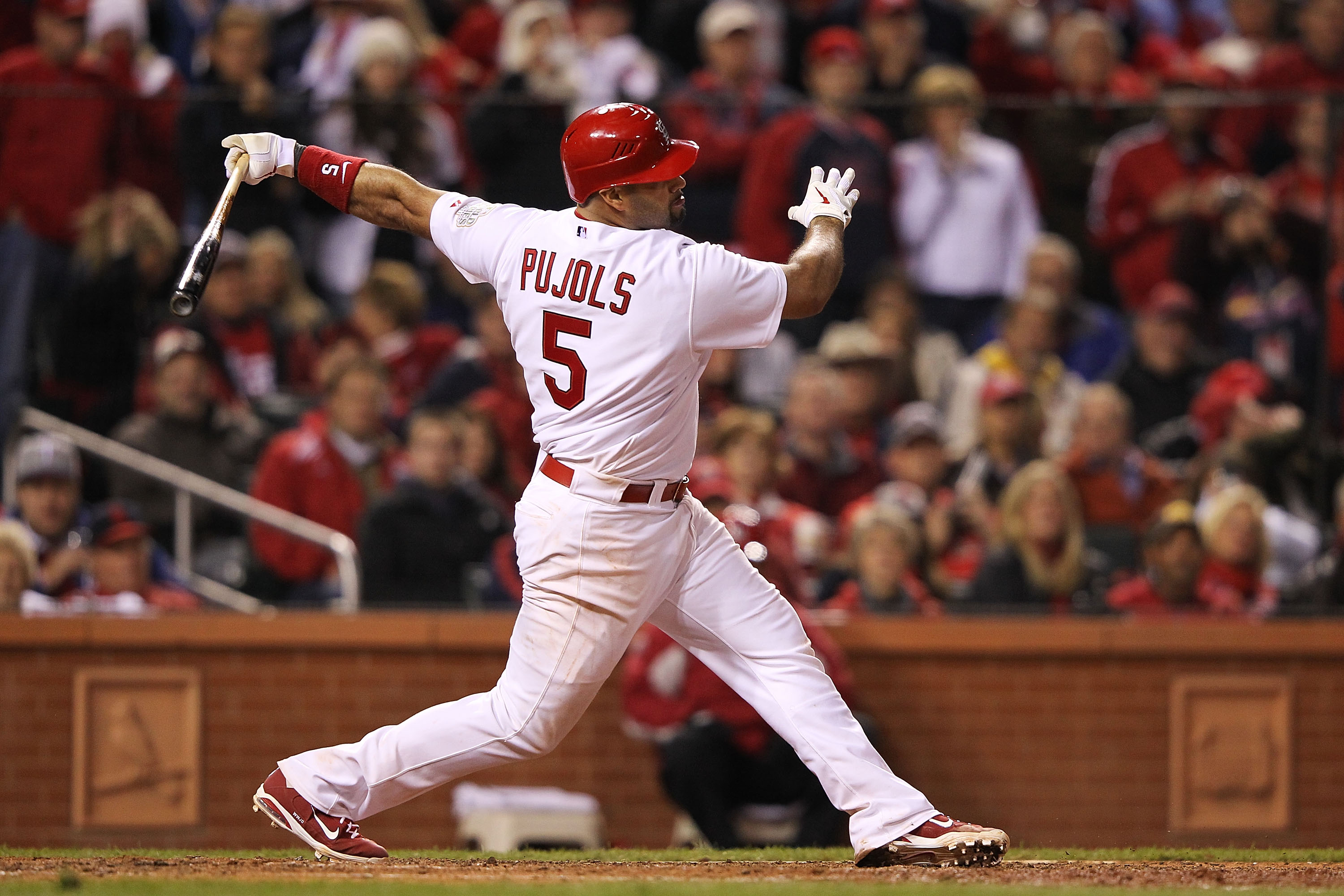When looking at big, broad trends – say, how batters perform at Wrigley Field – we can sometimes make the mistake of staying too big and broad. This article will look more in depth at park factors – great data you can find in a variety of places that track the amount of scoring, home runs, and other statistics that occur at each stadium. But that’s not the end of the story by any means. We can always go deeper – today we’ll do just that by examining stadium trends under the lens of home versus road teams.
For most of my time writing about and playing DFS, I’ve always assumed that both home and roads teams would have similar splits at stadiums. And unfortunately, there wasn’t a great way to research this idea anyway. FanGraphs has park factors by handedness – very useful, indeed – but I couldn’t find anywhere that let you see a breakdown by home or visiting team. Well, until Fantasy Labs came along.
Our Trends tool makes it easy to sort by stadium and then filter the data between home and road squads. You can even go further in your research – I encourage it, in fact! – and break that data down by handedness or look at pitchers or whatever you’re interested in. The data below shows the Plus/Minus of batters either home or road at each stadium, as well as the difference between the two (home minus road, intended just to show stadiums with large splits).

My original idea for this article was to look at Coors Field splits – I was wondering if road teams would actually provide more value than Rockies players. The reason being pricing – Rockies players are generally priced higher because their stats are inflated due to their stadium. I thought a visiting team with lower prices would reap the benefits of the stadium at a lower price. However, the data shows that Rockies players are still more valuable in terms of Plus/Minus.
The biggest negative split was at Globe Life Park in Arlington, home of the Texas Rangers. This is interesting, as Globe Life Park is considered to be one of the better batters parks in the league. In terms of runs scored, they rank eighth on the year and ended seventh last season. However, our Plus/Minus shows that Rangers batters aren’t really getting the value out of their home park. The better play with a game in Arlington might be to take opposing bats, who are +0.73 over expected points historically.
On the opposite end of the spectrum, Nationals Park – sixth in runs scored last season – is quite friendly to Nationals bats, but not so much to visiting ones. The difference between them is quite large at 1.16, showing that it might be wise to look at opposing hitters at Nationals Park a little more carefully in the future. The same might be true for O.co Coliseum, home of the Oakland Athletics, which has a large home-road split of 1.01 as well.
In general, the takeaway here should be to dive deeper – don’t just blindly accept statistics like Park Factors. There are more factors that go into them – specifically, home and road splits as you see here. True, an opposing player might be playing at a “top-five park”, but that can be a misleading statement. What is top-five overall may not be top-five for opposing batters. Knowing the difference could really lead to some value, especially since it is data very few people have.





